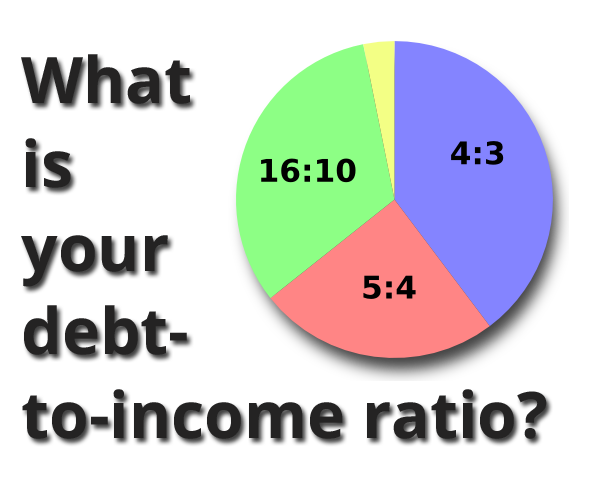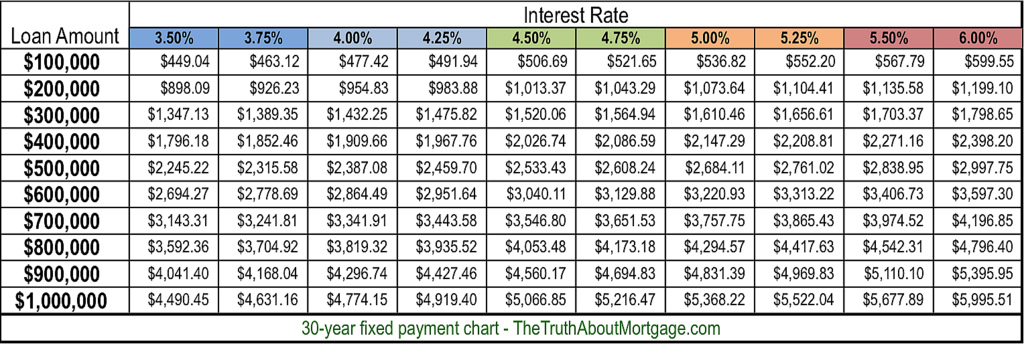It may seem like longer to some, however it was just a years ago that a catastrophic real estate crisis destroyed the lives of lots of Americans, with results that still exist today. As we approach the 10-year anniversary of Lehman Brothers' collapse and the Great Recession, we must take an appearance back at the subprime home mortgage crisis.
If the prime rate for a home mortgage is what is provided to people with excellent credit and a history of reliability, subprime is for those who have actually struggled to meet those requirements. People who are authorized of subprime home loans traditionally have low credit history and problems with debt. There is no specific recognized number, however a FICO rating listed below 640 is usually viewed as subprime for a loan like a home mortgage. NINJA home mortgages were released with no independent confirmation of the debtor's capability to repay the loan. Unsurprisingly, much of these borrowers ended up being unable to pay their home loans. Low underwriting standards fostered an environment where people who presented a genuine credit risk were able to get home mortgage.
In fact, unique home loan were developed simply for customers who were not able to come up with the cash for a deposit. Under a so-called "piggyback" loan, a mortgage lender would release one loan to cover the down payment and closing costs, and after that a 2nd loan to cover the home's purchase cost.
Inappropriate home loan lending practices played a big function in the financial collapse. Nevertheless, this is still not the whole story. In fact, activities in property and secondary monetary services markets contributed a great offer to the bigger economic problems the country experienced throughout the recession. To start with, homes were being assessed at excessively high values, inflating real estate costs across the country.
This triggered inflated real estate worths to distribute in property markets. In turn, borrowers took out loans for quantities that were more than the houses were worth in the open market - how do reverse mortgages work in utah. Some have even argued that appraisers' overvaluation of homes was the real root of the monetary crisis. Securitization of mortgage might have been the straw that broke the Additional reading camel's back.
All About Where To Get Copies Of Mortgages East Baton Rouge
Securitization is the practice of converting possessions like home mortgages into securities like stocks and bonds by pooling assets together and collecting routine income streams from the newly-formed securities. The financial sector started securitizing mortgages in the late 1980s. Doing so enabled lending institutions to reduce some of the danger of offering subprime loans because the financial obligation was pooled and re-issued to securities financiers.
This process was tremendously lucrative, and lending institutions believed they would benefit regardless of whether any one borrower entered into default. what are the interest rates on 30 year mortgages today. After all, if they didn't earn money off of the loan, they could still earn money by releasing securities or by offering the house through foreclosure if the borrower defaulted.
As an outcome, banks started increase the financially rewarding practice of securitizing home loan and offering collateralized financial obligation responsibilities. Of course, the idea of spreading out the threat only works when the majority of the loans are repaid. If too high a portion of the loans are defaulted on, the securities' worths plummet.
These losses triggered the failure of large investment banks like Bear Sterns and Lehman Brothers and the failure of Indymac, among the largest mortgage producers in the United States. Congress enacted the Dodd-Frank Act in response to these conditions with the intent of avoiding a comparable catastrophe in the future.
Dodd-Frank revamped home mortgage financing practices, increased oversight of banks and credit score companies, and consisted of Find out more a whistle-blower provision that supplies financial benefit for the reporting of securities violations. The Dodd-Frank Act was a significant law, and it consisted of the Home mortgage Reform and Anti-Predatory Loaning Act, along with the Customer Financial Security Act.
What Kind Of Mortgages Do I Need To Buy Rental Properties? for Dummies

Even more, it modified elements of Guideline Z and modified aspects of the Reality in Lending Act. The Act needed begetters to focus on the borrower's ability to pay back the loan during the application process. Likewise, loan providers are required to make a "good faith determination as to a consumer's ability to pay back the loan." This excellent faith determination forced lenders to tighten their underwriting standards, hence eliminating borrowers' ability to certify using gadgets such as stated earnings loans.
To fight predatory financing, the Consumer Financial Defense Bureau passed the Know Before You Owe home mortgage disclosure guideline, which is designed to help borrowers comprehend their loans, and the accompanying files they sign (how many Look at more info mortgages to apply for). To foster this reward, the Bureau simplified traditional home mortgage disclosure types and produced standardized industry practices that were more transparent.

The Dodd-Frank Act alleviated a terrific deal of unneeded risk in property lending markets and moved some of the staying threat of default from property owners to lending institutions. Under the law, lending institutions sponsoring asset-backed securities should maintain at least 5 percent of the associated credit threat. Lots of believe this requirement will minimize lenders' determination to release subprime loans.
Dodd-Frank Wall Street Reform and Consumer Defense Act, Pub. L. No. 111-203, 929-Z, 124 Stat. 1376, 1871 (2010) (codified at 15 U.S.C. 780).
The U.S. is not ready to see a rerun of the real estate bubble that formed in 2006 and 2007, precipitating the Excellent Recession that followed, according to specialists at Wharton. More sensible financing standards, increasing rates of interest and high house rates have kept need in check. However, some misperceptions about the crucial chauffeurs and effects of the real estate crisis continue and clarifying those will ensure that policy makers and industry gamers do not repeat the same errors, according to Wharton property teachers Susan Wachter and Benjamin Keys, who recently had a look back at the crisis, and how it has influenced the present market, on the Knowledge@Wharton radio program on SiriusXM.
There Are Homeless People Who Cant Pay There Mortgages for Beginners
As the home loan financing market expanded, it attracted droves of new players with money to provide. "We had a trillion dollars more entering the home loan market in 2004, 2005 and 2006," Wachter said. "That's $3 trillion dollars going into home mortgages that did not exist before non-traditional mortgages, so-called NINJA home mortgages (no income, no job, no assets).
They also increased access to credit, both for those with low credit history and middle-class house owners who wanted to take out a 2nd lien on their home or a home equity line of credit. "In doing so, they developed a great deal of leverage in the system and presented a lot more danger." Credit broadened in all instructions in the build-up to the last crisis "any direction where there was cravings for anybody to borrow," Keys stated.